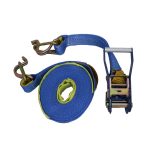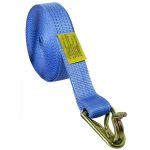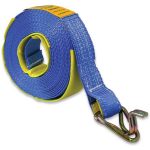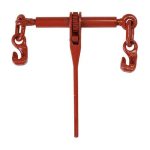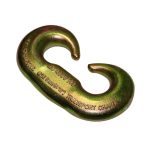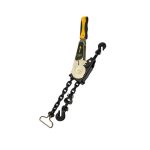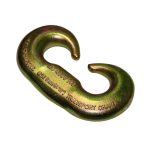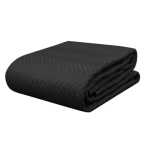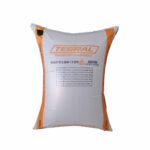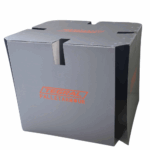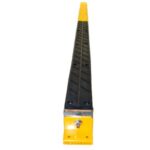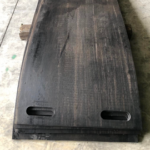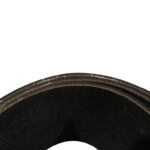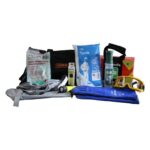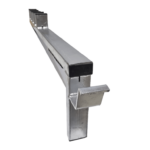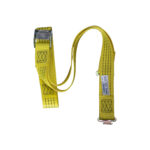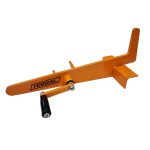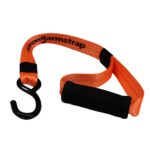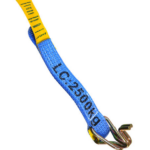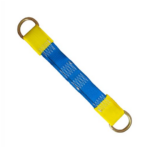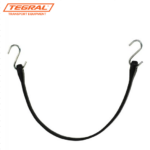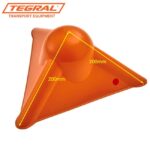Refrigerated transport is a valuable and vital part of the business. It can be used to transport goods that need to stay cold, like produce, meat, and eggs. In this article, we’ll discuss everything you need to know about refrigerated transportation so that you can make the right decisions for your company!
Refrigerated transport uses a cooling system to keep goods at a specific, desired temperature. This temperature is usually lower than the ambient temperature, which helps to keep perishable goods fresh and free from spoilage. There are many different types of refrigerated transport available, so you can choose the one that best suits your needs. Some of the most common types include refrigerated vans, rigid-trucks, and containers. If you’re looking for a reliable and efficient way to transport perishable goods, then refrigerated transport is the best option for you. It’s important to remember that perishable goods must be kept at a consistent temperature to remain fresh, so using a refrigerated transport method is the best way to ensure that your goods arrive in perfect condition. This can include air, truck, or rail transport.

Refrigerated goods are considered to be perishable and therefore need to be protected from heat, humidity, light and other harmful conditions during transit. The goal of refrigerated transportation is to keep these goods at a temperature between 0°C and -18°C. Often these temperatures are achieved through the use of specialized equipment such as insulated containers or refrigerated trailers; however, it’s possible for some goods such as meat products to maintain their quality without any external assistance at all!
The cost of refrigerated transportation depends on several factors, including the type of refrigeration system used, how many shipments, and how far they travel. For example, if you were shipping chilled goods in a fully enclosed truck with its heating and cooling equipment, it would be significantly cheaper than shipping frozen goods in a standard container. But this doesn’t mean that there aren’t ways to lower the cost!
In general:
- The longer your shipment takes to get from point A (where it was made) to point B (where it’s going), the more expensive it will be because there’s more time involved—and so are costs like fuel usage and labor wages;
- If you’re sending multiple shipments at once instead of just one large one over periods shorter than 24 hours apart from each other then this could help keep overall costs down by not having employees sitting around waiting for packages all day long before sending them out again later during another shift cycle;
Your customers will be happy to know that there are many benefits to refrigerated transportation.
Your products will arrive at their destination in perfect condition because they’re kept cold during the trip from point A to point B.
Tegral Transport Equipment stocks a range of load protection & restraint for refrigerated transport including corflute, plywood, loader beams and shoring bars.
Contact us today for a quotation. 1300 159 809 or email sales@tegral.com.au




